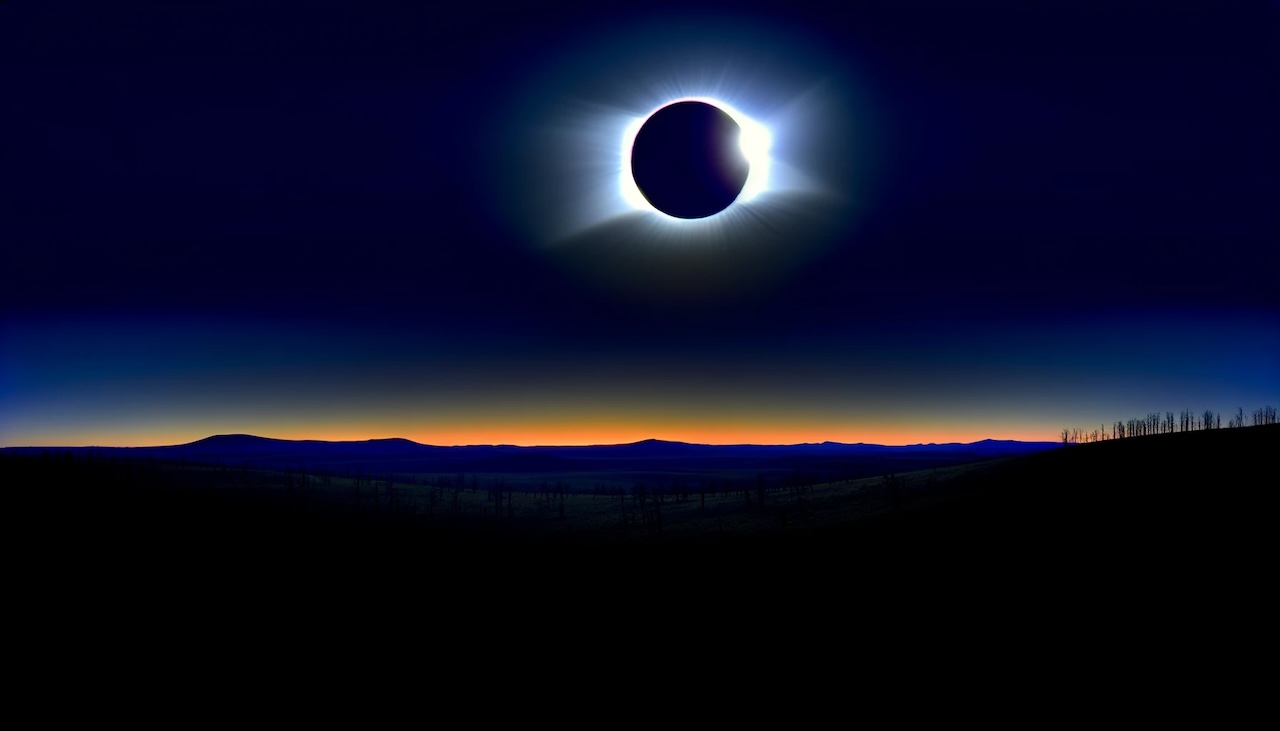What is a Total Solar Eclipse?
A total solar eclipse is an astronomical event that occurs when the Moon positions itself between the Earth and the Sun, completely blocking out the Sun’s light. The Moon’s shadow falls on a specific region of the Earth, causing the sky to darken as if it were night. Total solar eclipses happen during the new moon phase and are relatively rare, as the Moon needs to align perfectly between the Sun and the Earth.
How Does a Total Solar Eclipse Work?
For a total solar eclipse to occur, the following conditions must be met:
- It must be during the new moon phase
- The Moon must be positioned between the Sun and the Earth
- The Moon’s shadow must reach the Earth’s surface
As the Moon orbits the Earth, it usually doesn’t align perfectly with the Sun and the Earth. However, during a new moon, if the Moon’s orbit crosses the line connecting the Sun and the Earth, a total solar eclipse occurs.
When is the Next Total Solar Eclipse Visible in Japan?
The next total solar eclipse visible in Japan will occur on September 2, 2035. During this eclipse, a partial solar eclipse will be visible throughout the country, while a total solar eclipse will be observable in the Kanto and Hokuriku regions.
The Origin of the Japanese Term “Kaiki Nisshoku”
In Japanese, a total solar eclipse is called “Kaiki Nisshoku” (皆既日食). The term “kaiki” means “all is exhausted,” referring to the complete obscuration of the Sun during the event.
Total Solar Eclipse in Other Languages
In English, a total solar eclipse is simply referred to as a “total solar eclipse.” In German, it is called “totale Sonnenfinsternis,” while in French, it is known as “éclipse totale de Soleil.” All these terms translate to “total eclipse of the Sun.”
Conclusion
A total solar eclipse is an astronomical phenomenon that takes place when the Moon aligns perfectly between the Sun and the Earth, completely blocking out the Sun’s light. Specific conditions must be met for a total solar eclipse to occur, making it a relatively rare event. Japan will have the opportunity to witness total solar eclipses in 2035. The Japanese term “Kaiki Nisshoku” describes the complete obscuration of the Sun, while other languages use terms that directly translate to “total eclipse of the Sun.” As total solar eclipses are rare and spectacular events, be sure to make plans to observe them when the opportunity arises.





















